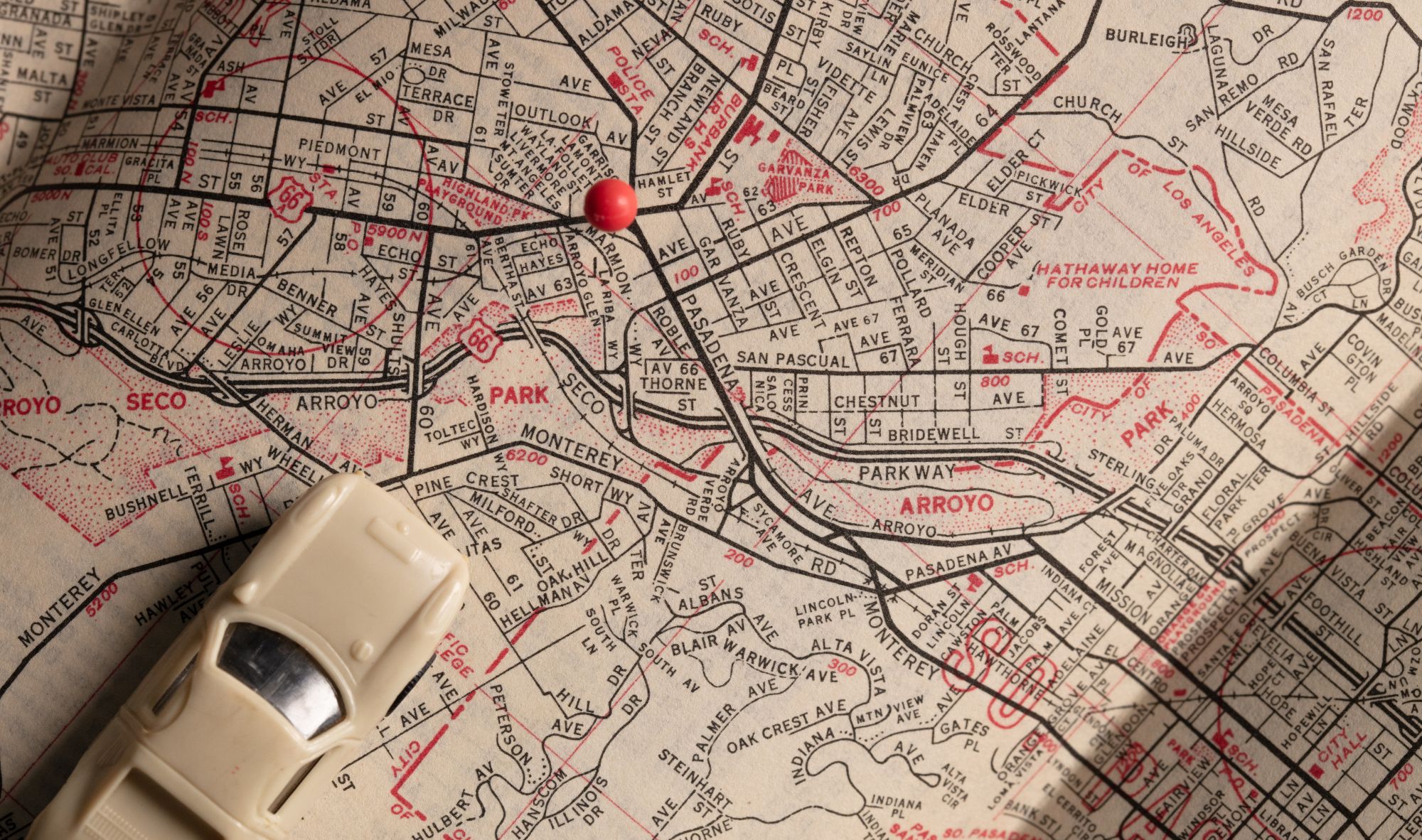When you are dealing with the management of government assets, you can’t risk being unaware of the key terms needed to manage processes within your agency. As an asset manager within your agency you know the benefits that come with accurate asset tracking and reporting. Often when developing your agency’s asset management program, you or your counterparts may have come across terms that are unfamiliar. This is why we have developed a list of ten key terms to know to help you build your asset management vocabulary.
1. Acquisition cost: also referred to as the cost of acquisition, is the total cost that an agency recognizes on its books for property or equipment after adjusting for discounts, incentives, closing costs and other necessary expenditures, but before sales taxes.
2. Asset: a resource with economic value that an individual, corporation or country owns or controls with the expectation that it will provide future benefit.
3. Asset Management: an integrated approach involving planning, finance, engineering and operations to effectively manage existing and new infrastructure to maximize benefits, reduce risks and provide satisfactory levels of service to community users in a socially, environmentally, and economically sustainable manner.
4. Asset category: fixed assets fall into seven categories.
- Land, easements and right of ways
- Land improvements
- Construction (buildings)
- Construction in progress
- Infrastructure
- Machinery and equipment
- Licensed vehicles
5. Asset data: information used to identify an asset like location, age, type, etc.
6. Asset lifecycle: planning, acquisition, operation, maintenance and disposal of an asset.
7. Asset tracking: the process of tracking physical assets of an agency.
8. Capital improvement: any improvement made to an existing asset to increase its value.
9. Depreciation: is an accounting method of allocating the cost of a tangible or physical asset over its useful life or life expectancy. Depreciation represents how much of an asset’s value has been used utilized. Depreciating assets helps companies fully utilize an asset while expensing a portion of its cost each year the asset is in use.
10. Disposal: process of selling or getting rid of an asset that has reached its useful life.
Would you like to add to your knowledge and have access to the complete list of asset management terms to know? Download the resource Asset Management 101 and learn how to create the most effective asset management program in your area.




